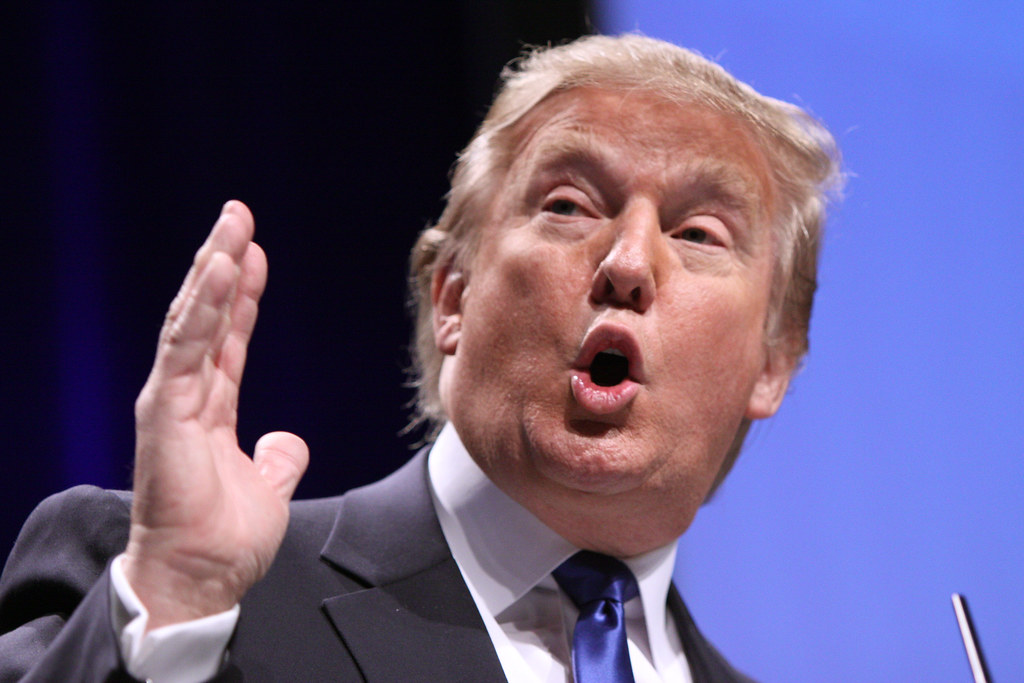Key Takeaways
- President Trump is “leaning into” the government shutdown to increase presidential power.
- White House insiders say he enjoys the extra executive authority.
- Behind-the-scenes talks have quietly begun to reopen the government.
- A dispute over an ACA tax credit remains the main roadblock.
Trump’s Strategy in the Government Shutdown
President Trump refuses to back down in the government shutdown. He believes this stalemate lets him expand his authority. In private, White House aides admit he’s relishing the moment. They say he wants the shutdown to last longer. Meanwhile, they also claim he wants government services to resume. However, that public line hides a desire for more executive power.
First, the president has already used this time to decide which furloughed workers will get back pay. Then, he chose to keep military paychecks flowing. As a result, the Pentagon is fully funded while other services remain closed. Furthermore, he has blocked funding for programs in Democratic districts. Finally, he hopes these moves pressure lawmakers to meet his demands.
What Is a Government Shutdown?
A government shutdown happens when Congress fails to pass spending bills. As a result, federal agencies close or cut back services. Essential workers stay on the job, but many others go unpaid. Moreover, public parks and museums often shut their doors. Eventually, the government reopens once both parties agree on a budget.
During this shutdown, the president sees a chance to reshape how power works in Washington. Thus, he views the stalemate as an opportunity. Because he can make decisions without new laws, he can act swiftly. Therefore, he can appear strong to his supporters.
Behind-the-Scenes Talks on the Government Shutdown
Despite fierce public rhetoric, private discussions have begun. Republican leaders on Capitol Hill talk to White House aides. They focus on a key issue: an ACA tax credit that blocks a deal. Republicans want to change how subsidies work for insurance markets. Democrats refuse to budge until the government reopens.
For example, they debate whether to trim tax credits or shift funds to rural hospitals. These talks are still in early stages and lack public acknowledgment. Yet sources say negotiators meet quietly every day. They hope a compromise can end the government shutdown soon.
Why the ACA Tax Credit Blocks Progress
Lawmakers from both parties disagree on how to fund health coverage. Republicans want to cut a tax credit that helps low-income families pay premiums. Democrats argue that cutting those subsidies will hurt millions. Consequently, both sides refuse to risk political backlash.
Therefore, the ACA tax credit has become the government shutdown’s toughest hurdle. While other issues could be settled quickly, health care funding remains sticky. Instead of focusing on one fixed plan, some suggest temporary fixes. Nevertheless, neither Democrats nor Republicans will publicly admit they might give ground.
Impact of the Government Shutdown on Federal Workers
Over half a million federal employees have been furloughed. They go weeks without paychecks. Many are forced to use savings or credit cards to cover bills. Others worry they won’t get back pay at all if the shutdown drags on.
Furthermore, contractors and small businesses that rely on government projects suffer. For example, museum guides see their hours cut. Park rangers worry about maintenance delays. Thus, communities across the country feel the shutdown’s ripple effects.
How Long Will the Government Shutdown Last?
No one knows yet. Both parties publicly vow to hold firm. Privately, talks inch forward. Some lawmakers believe a deal could emerge within days. Others warn the shutdown might last for weeks.
If the ACA tax credit issue resolves, a short-term budget bill could pass. Then, lawmakers would gain time to tackle larger policy goals. However, if talks stall, the shutdown could stretch into the new year.
What Happens Next in the Government Shutdown
First, negotiators must reach a compromise on the ACA tax credit. Then, both the House and Senate must vote on a spending bill. Finally, President Trump will decide whether to sign or veto it.
Meanwhile, public pressure grows. Families worry about paychecks. Business owners worry about contracts. Lawmakers face protests and phone calls at home. Thus, political pressure may push both sides toward a deal.
Looking Ahead After the Government Shutdown
Once the government reopens, attention will shift to longer-term budget battles. Lawmakers will need a new spending plan for all agencies. They might also address immigration or infrastructure. Because trust eroded during the shutdown, cooperation will prove challenging.
However, lessons learned this time could lead to better strategies. For instance, they might set earlier deadlines or agree on automatic funding measures. Consequently, future shutdowns could become less painful.
FAQs
What exactly is a government shutdown?
A government shutdown occurs when Congress fails to pass spending bills. Federal agencies then close or limit operations until funding returns. Essential services continue, but many workers go unpaid.
Why is President Trump leaning into the shutdown?
Insiders say he sees the shutdown as a chance to boost his executive power. He can decide which workers get paid and shift funding without new laws.
What is blocking the end of the shutdown?
The main roadblock is a dispute over an ACA tax credit. Republicans want to cut or modify the subsidy. Democrats argue that change would hurt low-income families.
How could the shutdown end soon?
Behind-the-scenes talks are already underway. If negotiators strike a deal on the ACA tax credit, they could pass a short-term budget bill. Then, the government would reopen while they work on bigger issues.

